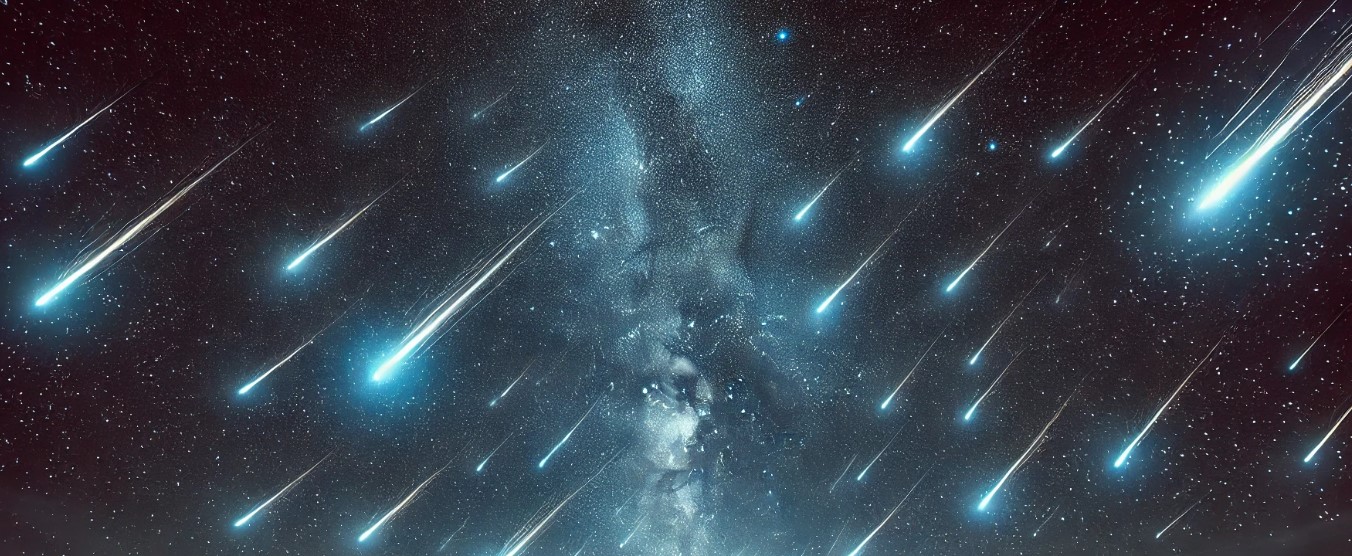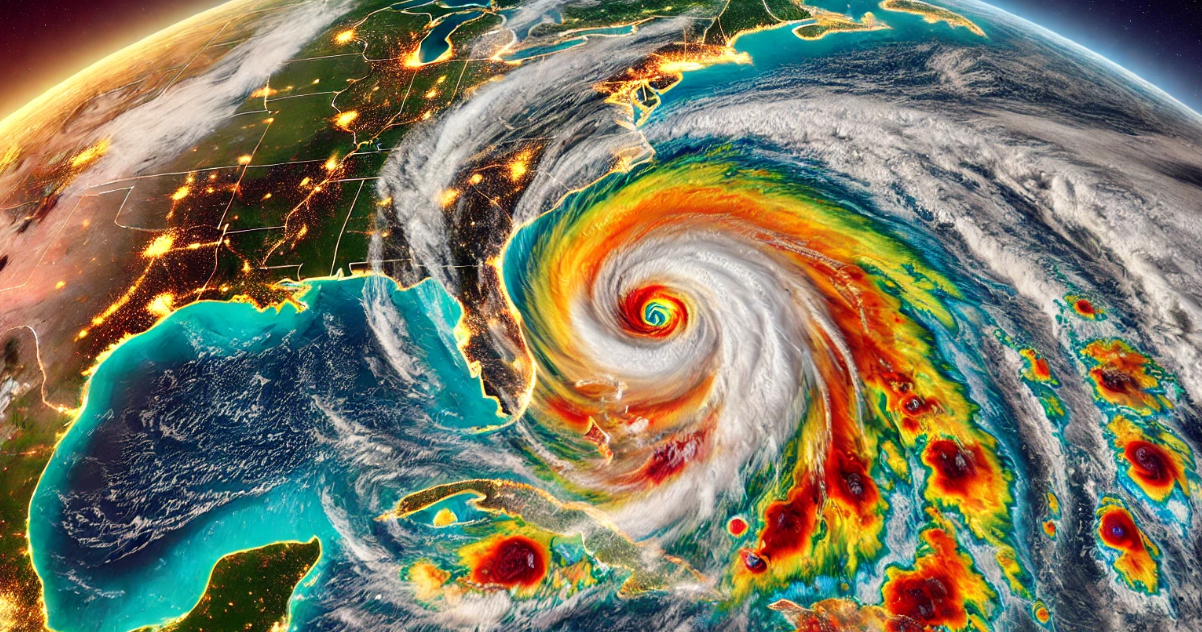Meteor showers are among the most fascinating celestial events, captivating observers worldwide with their displays of shooting stars. These natural light shows occur when Earth passes through streams of debris left by comets. As these particles enter the atmosphere, they burn up, creating streaks of light that illuminate the night sky.
- Meteor Showers Defined: Meteor showers occur when Earth’s atmosphere intersects debris left by comets, creating striking streaks of light in the night sky.
- Notable Showers: The Orionids, originating from Halley’s Comet, and the Perseids, from Swift-Tuttle, are two of the most famous meteor showers, peaking in October and August respectively.
- Optimal Viewing Tips: For the best experience, view meteor showers between midnight and dawn in dark, rural locations away from city lights, and avoid moonlight and electronic devices.
- Planning Resources: Enthusiasts can track upcoming meteor showers and optimal conditions using resources like the meteor society’s event lists.
One of the most well-known meteor showers is the Orionids, originating from Halley’s Comet. This meteor shower is noted for its unpredictability, with visible meteor counts varying each year. While some years offer a spectacular show, others may be more subdued. The Orionids typically peak in October and continue to be visible until late November.
Meteor showers like the Orionids are best viewed during the hours between midnight and dawn. To enhance the experience, it is advisable to find a location away from city lights and allow your eyes to adjust to the darkness. Avoiding light from electronic devices can also help maintain night vision. The brightness of the moon can affect visibility, so cloudless nights with a waning moon are ideal for observing these celestial events.
In addition to the Orionids, another prominent meteor shower is the Perseids, which peaks in August. The Perseids are renowned for their bright meteors and are often considered one of the most reliable showers for stargazing. Originating from the comet Swift-Tuttle, this meteor shower offers a stunning display of bright fireballs that captivates stargazers each year.
For those interested in observing meteor showers, numerous resources are available to track upcoming events and optimal viewing conditions. The meteor society provides a list of major meteor showers, detailing peak viewing days and moonlight conditions to help enthusiasts plan their stargazing activities.
Meteor showers offer a unique opportunity to connect with the cosmos and witness the wonders of the universe. Whether watching alone or with friends and family, these events are a reminder of the beauty and mystery that lie beyond our planet.





